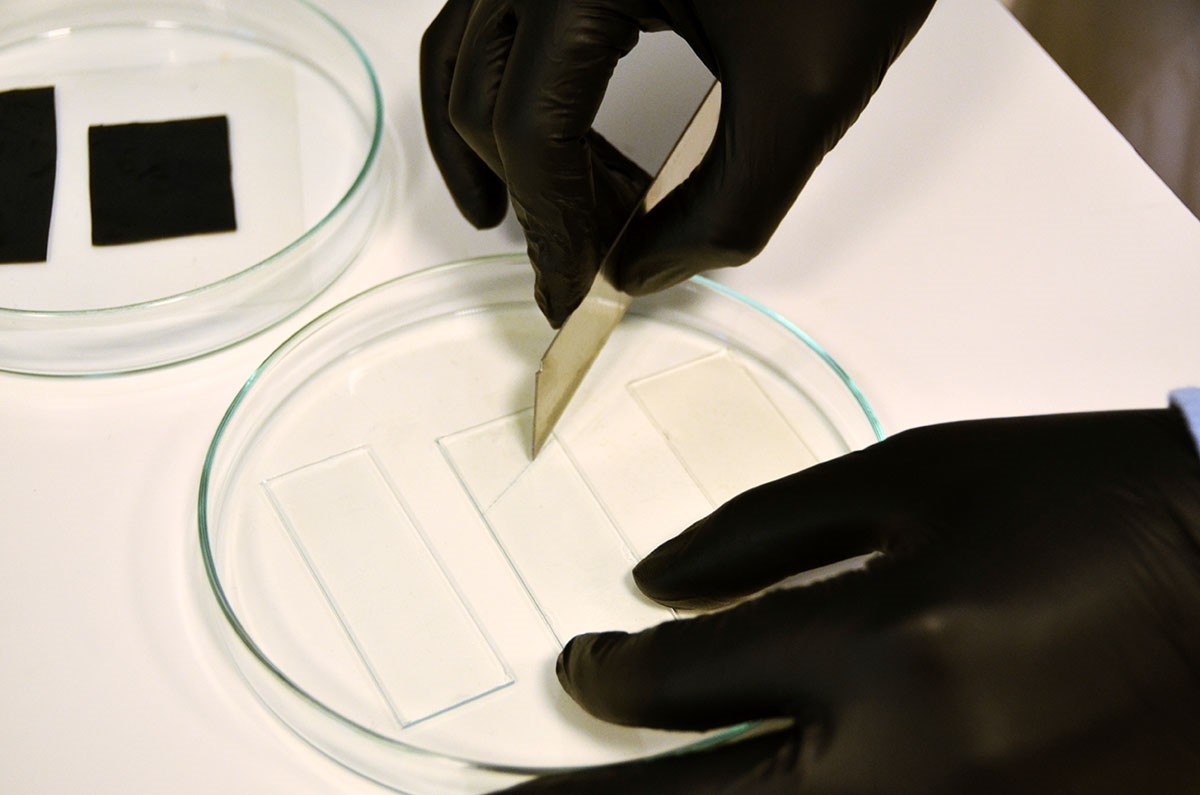TrMhMt
SENIOR MEMBER

- Joined
- Oct 10, 2009
- Messages
- 2,242
- Reaction score
- 0
- Country
- Location
@OguzSenturk
Bro if everything is ready for it then who is gonna produce it? Where are they going to produce it?
The chassis and design are from Saab. They only need to put these are together so why 2 years?
As far as I remember they bought it in 2015 and were saying that the car will be ready in 2017. So what's happened? Why they added 2 more years?
Alright no problem let's wait 2017.
Bro if everything is ready for it then who is gonna produce it? Where are they going to produce it?
The chassis and design are from Saab. They only need to put these are together so why 2 years?
As far as I remember they bought it in 2015 and were saying that the car will be ready in 2017. So what's happened? Why they added 2 more years?
Alright no problem let's wait 2017.

















